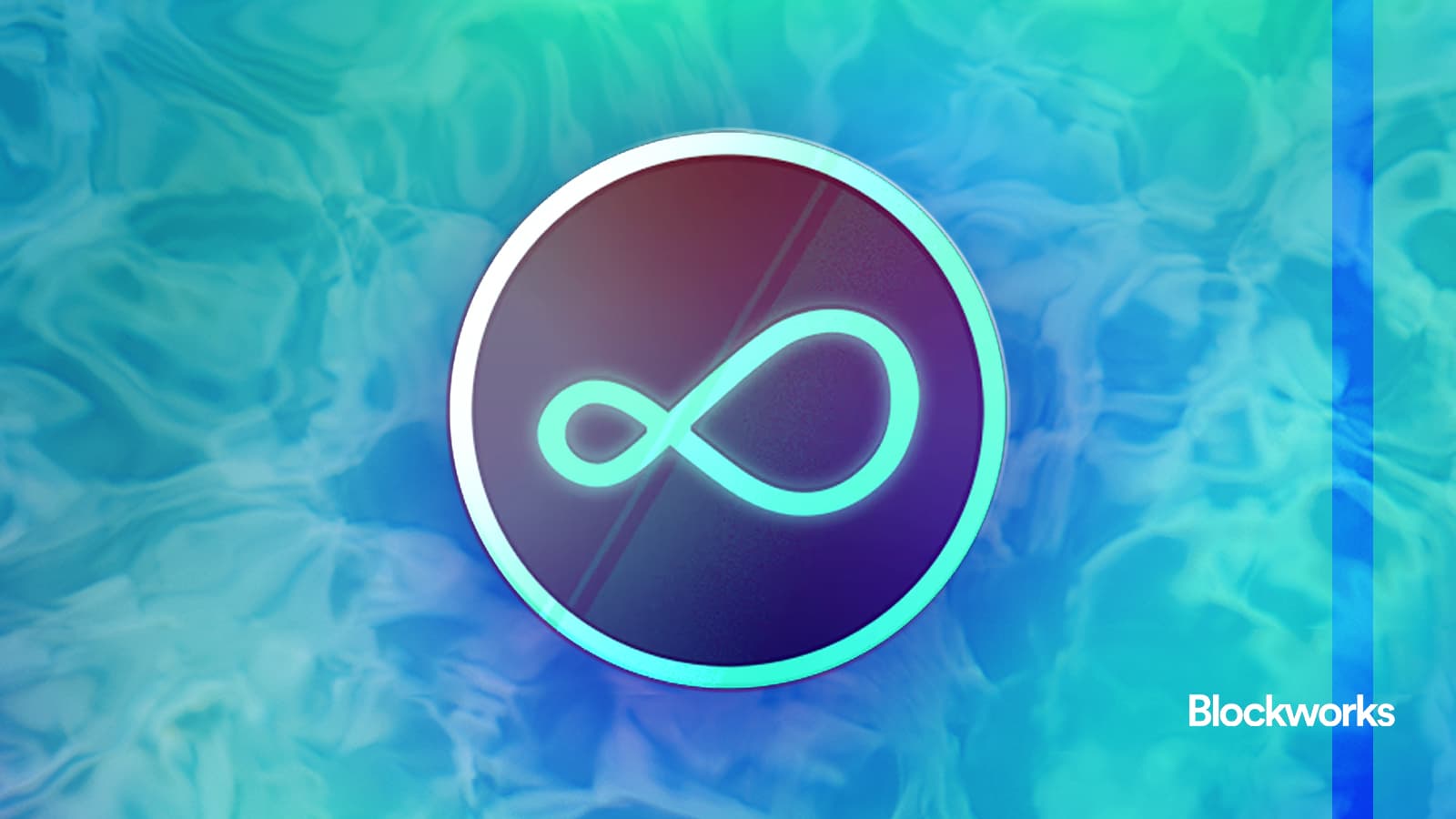This is a segment from the 0xResearch newsletter. To read full editions, subscribe.
Obol launches its native OBOL token today.
Token holders will be able to stake OBOL for a liquid staking token, which can be used for governance in the Obol Collective, as DeFi collateral, or for voting in retroactive funding rounds (RAF).
“After years of building reliable, distributed validator technology that eliminates single points of failure, we’re now putting governance in the hands of the community,” said Obol Association CEO Thomas Heremans.
“The OBOL Token represents more than just governance — it’s the coordination mechanism for an entire ecosystem of operators who are revolutionizing how Ethereum secures its infrastructure.”
What is Obol?
Obol is a middleware tech provider for Ethereum network staking. The company enables “distributed validators” (DV), which allow multiple independent nodes to collectively operate one validator by sharing its duties and private keys.
This solves a longstanding problem faced by all proof-of-stake networks.
Ethereum validators stake about a collective ~34 million ETH ($64.7 billion) today. Large institutions especially may control hundreds of millions of dollars as one operator entity. These operators may be hosting validators across the same hardware servers or in concentrated geographic jurisdictions, exposing them to technological disruption or regulatory risks.
Thanks to distributed validator technology enabled by companies like Obol and SSV, multiple nodes (two of three, four of seven, seven of ten) globally can now collectively run one Ethereum validator.
Therefore, one node going down causes no disruption to the validator, reducing its exposure to these concentrated risks.
This helps validators avoid slashing and reduces risks of single points of failure, thereby improving validator uptime and overall network resilience.
Today, 800+ unique node operators, from major staking services to solo home stakers, run Obol-powered validators. $975 million worth of ETH from Lido, EtherFi, StakeWise, Swell, Bitcoin Suisse and more are secured by Obol’s distributed validator clusters across Ethereum today.
Thanks to Obol, Lido has increased its operators from 36 to over 200, according to its press release.
EtherFi, the largest restaking protocol with $5.4 billion TVL, was able to expand its operators from ~10 to nearly 100 today. About 258,784 ETH ($499 million) from EtherFi is staked on Obol DVs today. An additional 40 on testnet are set to move to mainnet soon.
According to DV Labs, the 30-day average RAVER score in January 2025 for Obol DVT was 98.23%, outperforming SSV SDVT and a curated Lido set. The RAVER score is a metric used to measure validator effectiveness across proposal and attestation success in Ethereum staking.
The Pectra network upgrade, which went live yesterday, included EIP-7251. This increased the maximum validator stake to 2048 ETH from its previous cap of 32 ETH. That favors institutions, who can consolidate thousands of validators.
“EIP-7251 represents a long-awaited leap forward in validator efficiency,” Heremans told Blockworks.
“By enabling validator consolidations, it addresses one of the biggest operational burdens faced by large stakers and institutions,” Heremans said. He forecasts “up to 80% reductions in operational and infrastructure costs.”
Get the news in your inbox. Explore Blockworks newsletters:
- Blockworks Daily: Unpacking crypto and the markets.
- Empire: Crypto news and analysis to start your day.
- Forward Guidance: The intersection of crypto, macro and policy.
- 0xResearch: Alpha directly in your inbox.
- Lightspeed: All things Solana.
- The Drop: Apps, games, memes and more.
- Supply Shock: Bitcoin, bitcoin, bitcoin.




